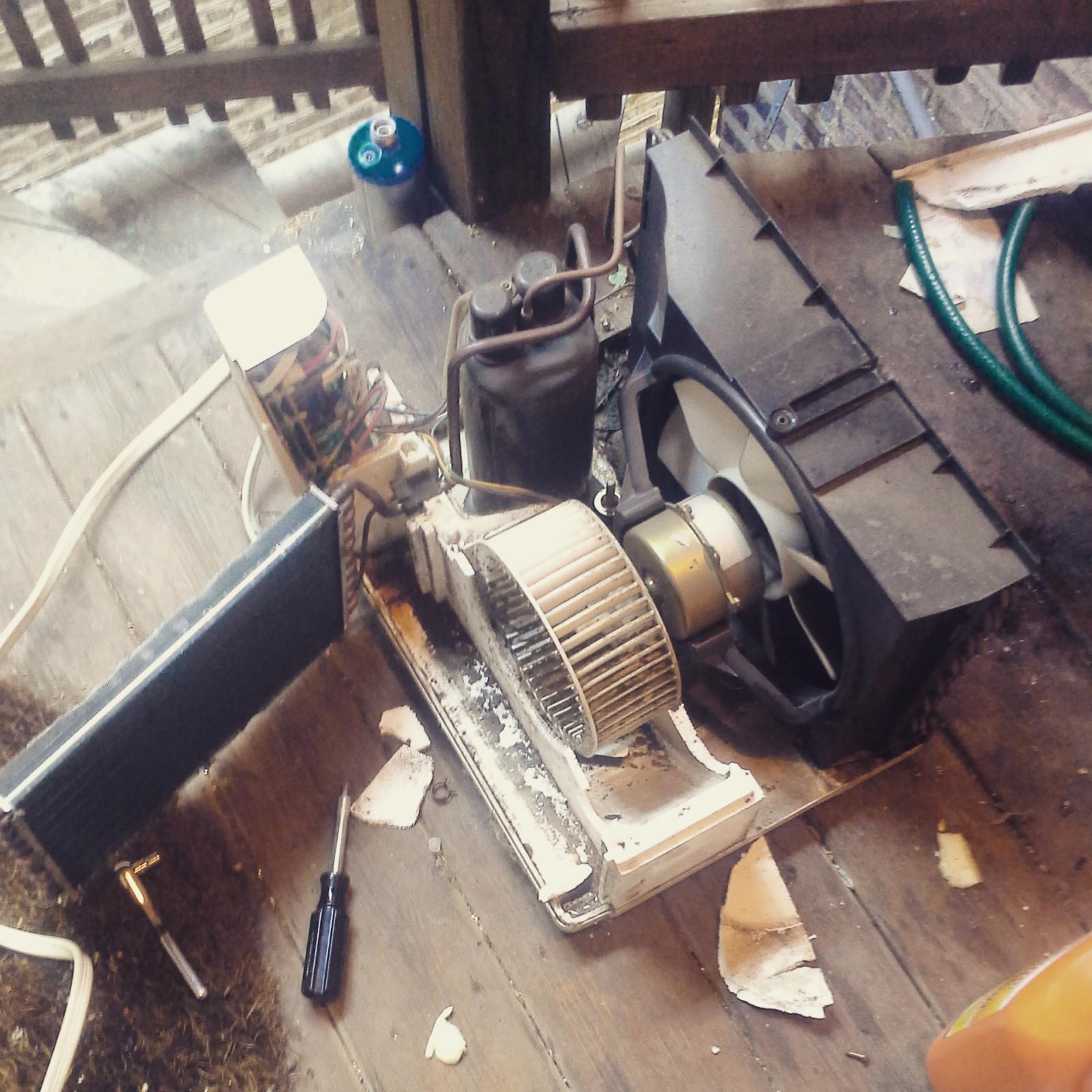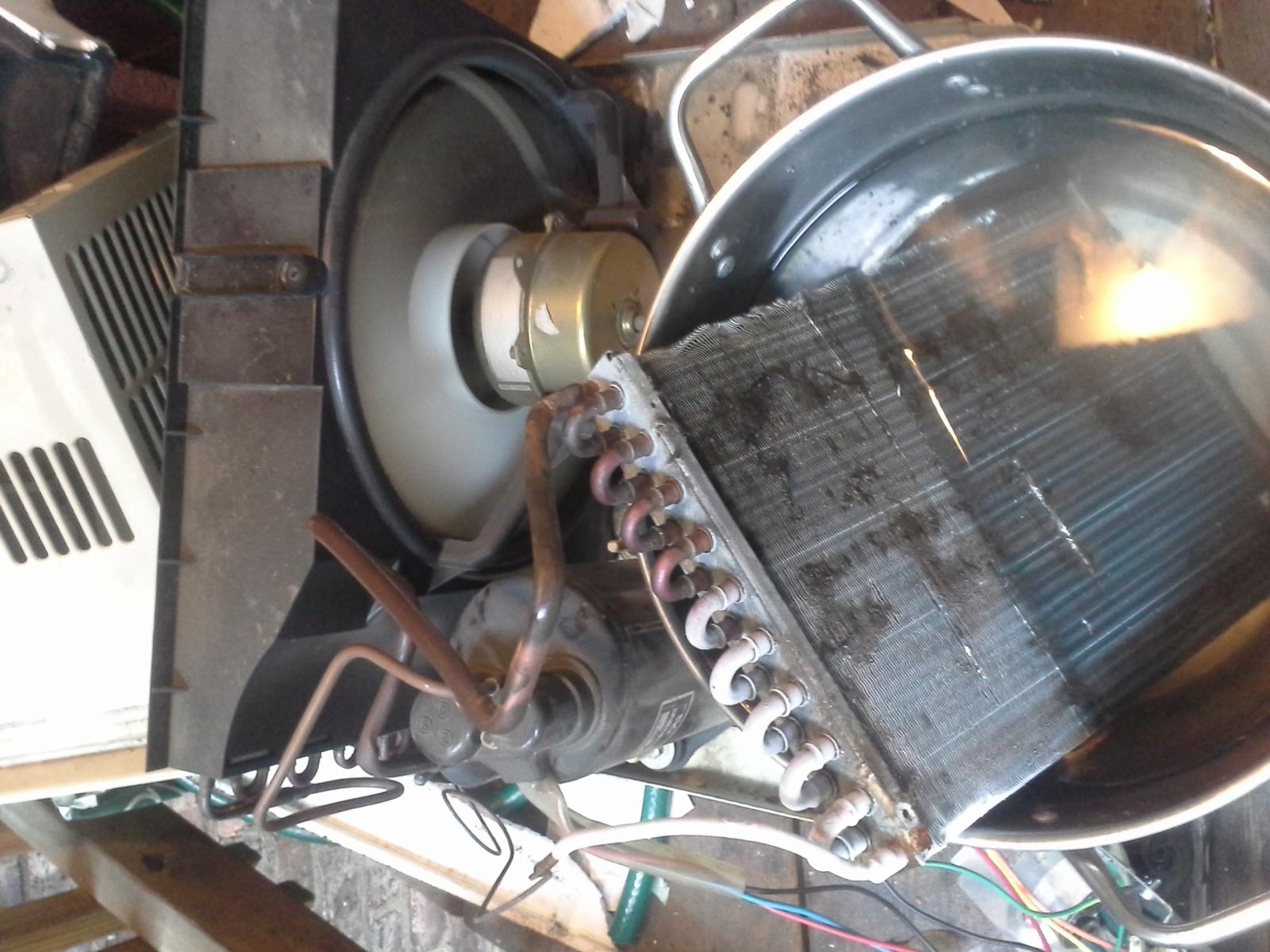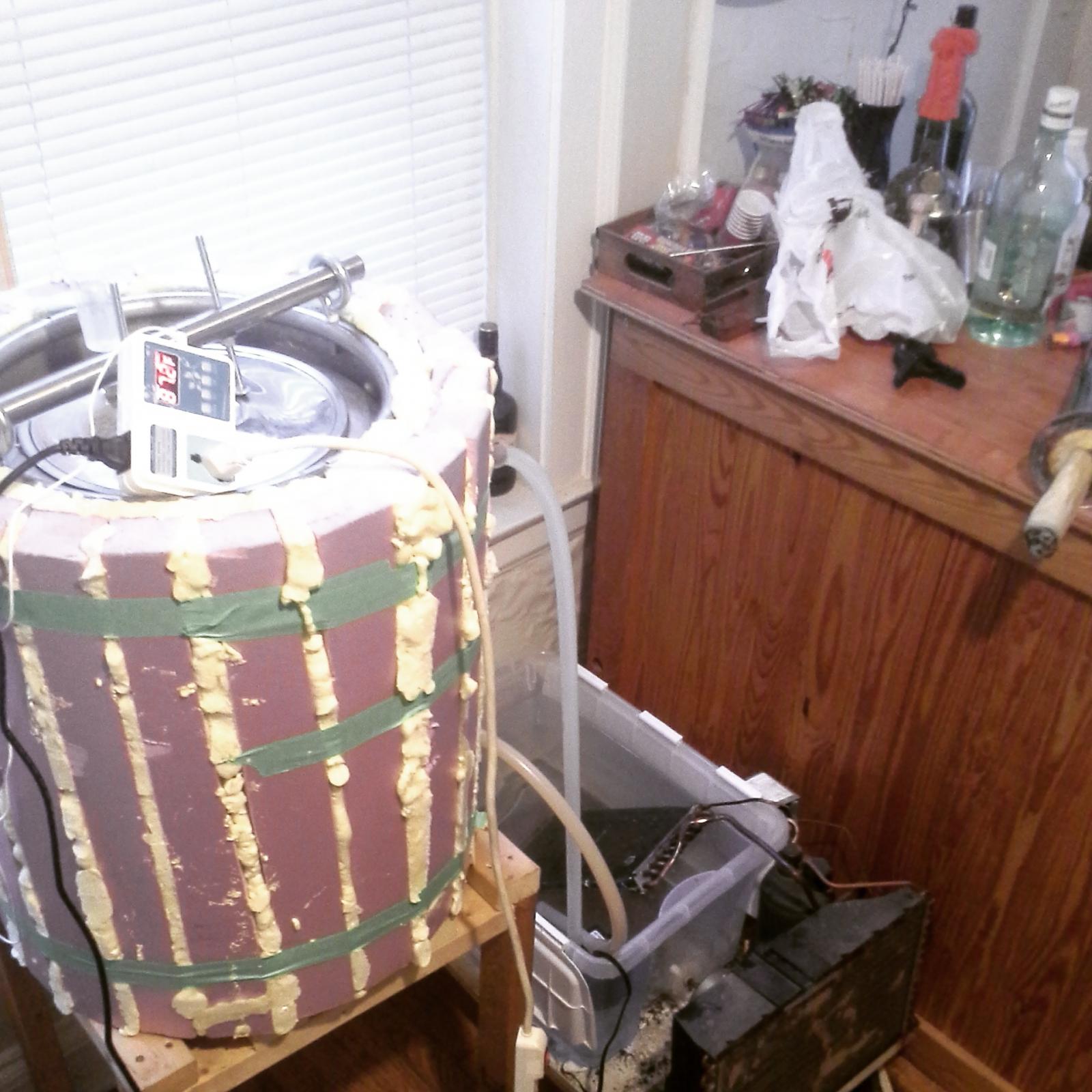Yevmeister
Well-Known Member
I have been lurking around the forum for too long, so i would like to share my recent concoction.
I brew in apartment in chicago so the space is limited so i built mash tun, that could be used for step mashing. Once mashing is complete i could quickly clean it up as use for primary fermentation and chiller.
So first decided to go with sanke keg upside down to use mouth as a dump , and cover it with 50 feet of copper
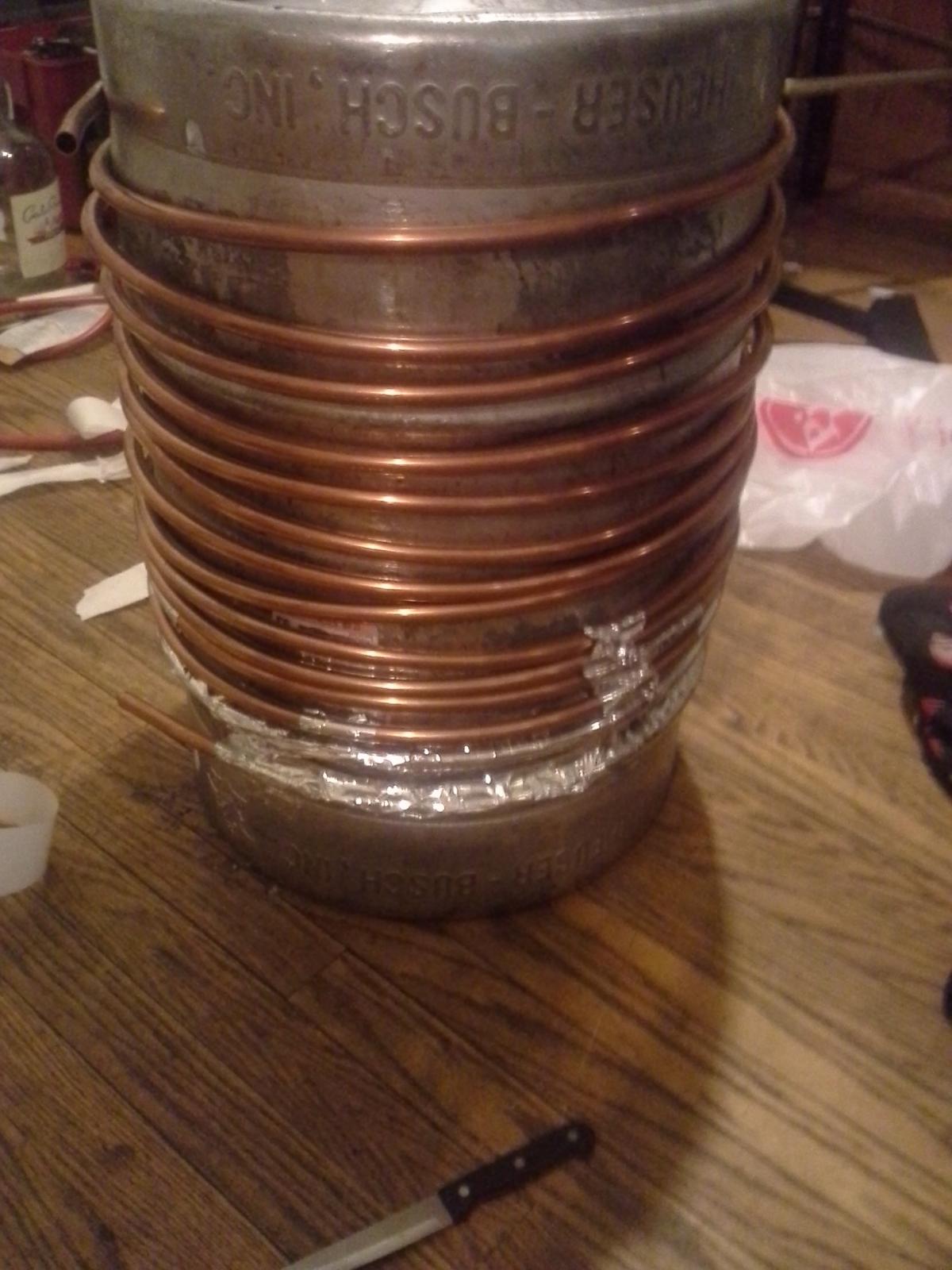
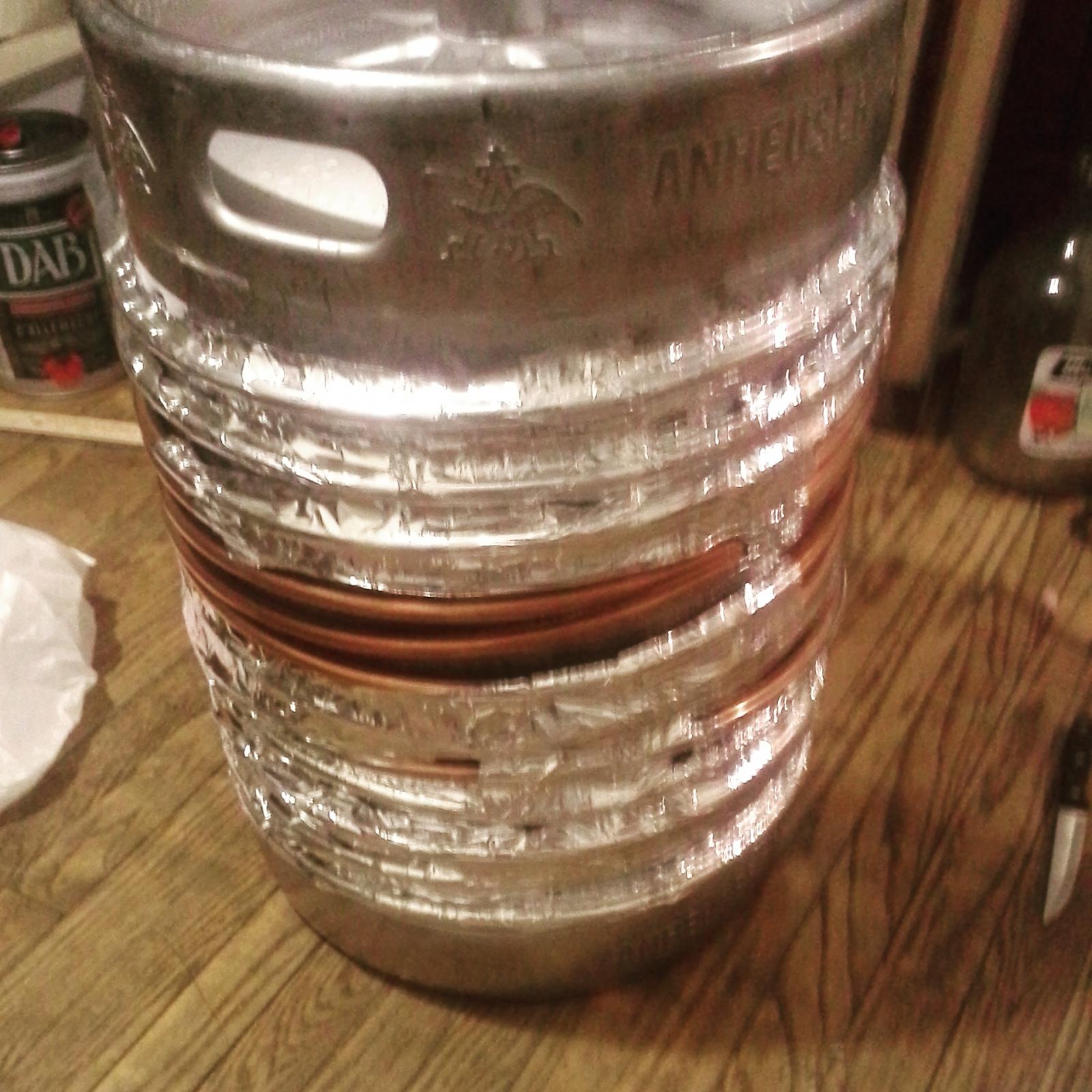
I brew in apartment in chicago so the space is limited so i built mash tun, that could be used for step mashing. Once mashing is complete i could quickly clean it up as use for primary fermentation and chiller.
So first decided to go with sanke keg upside down to use mouth as a dump , and cover it with 50 feet of copper




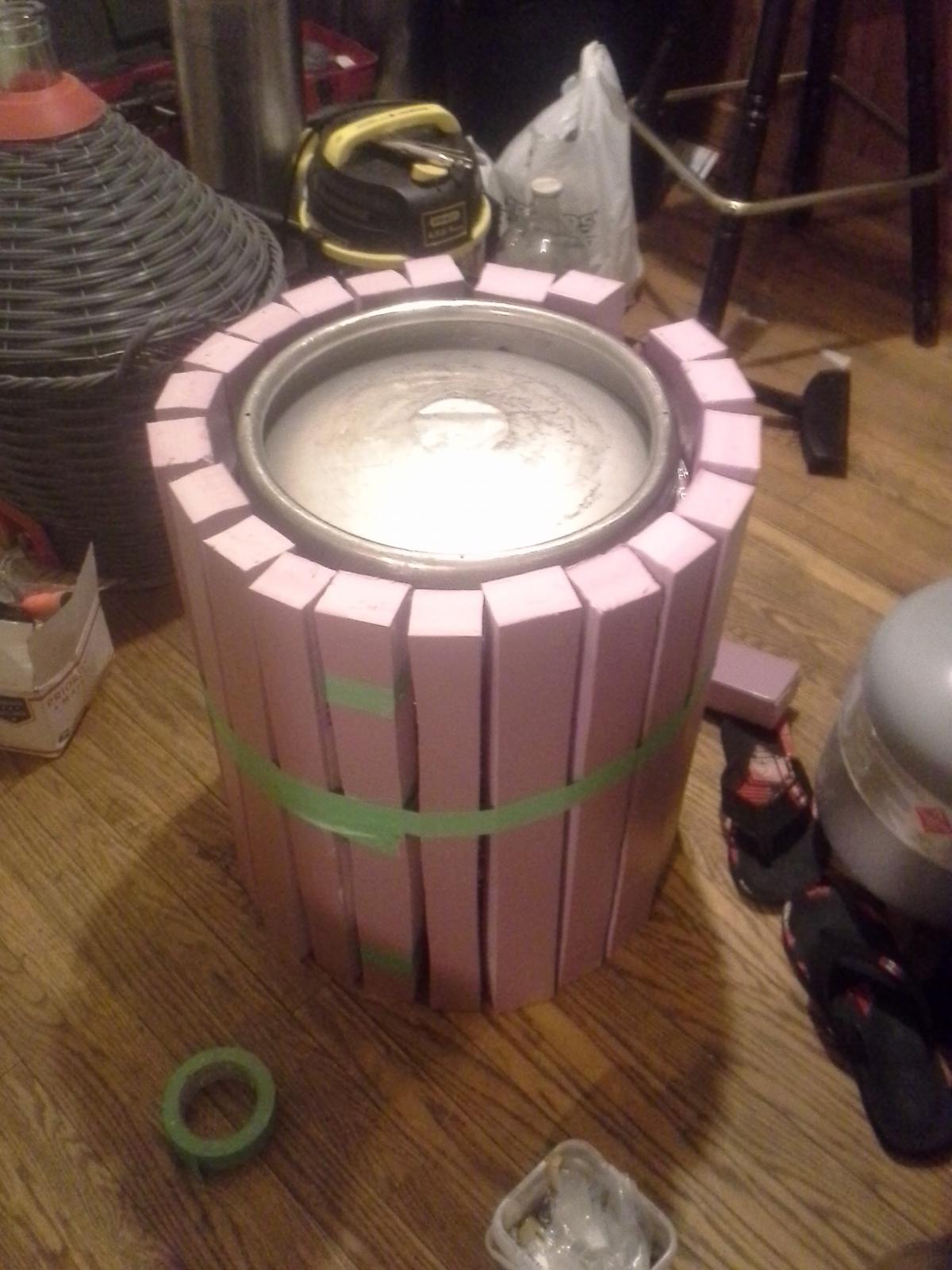
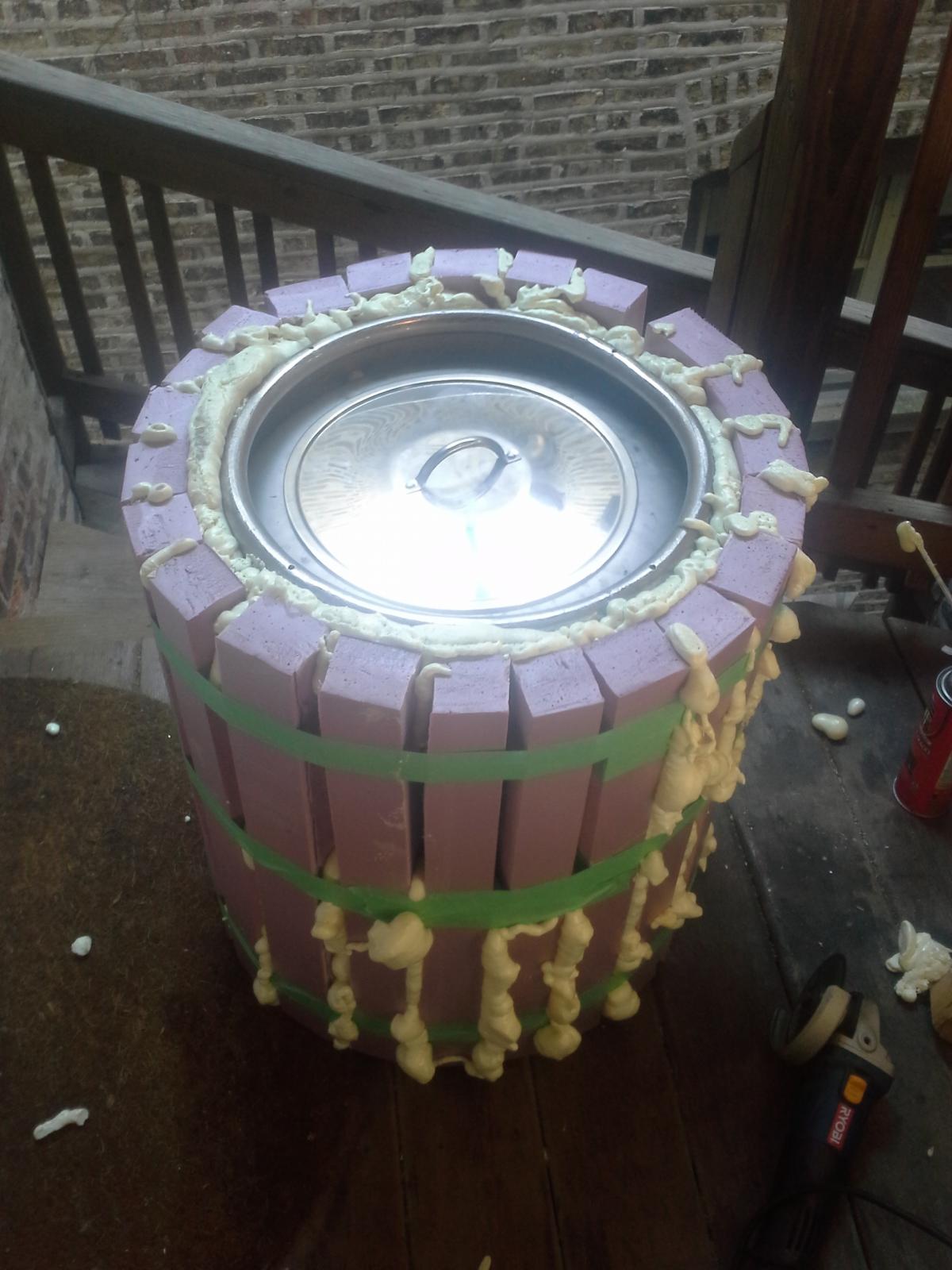
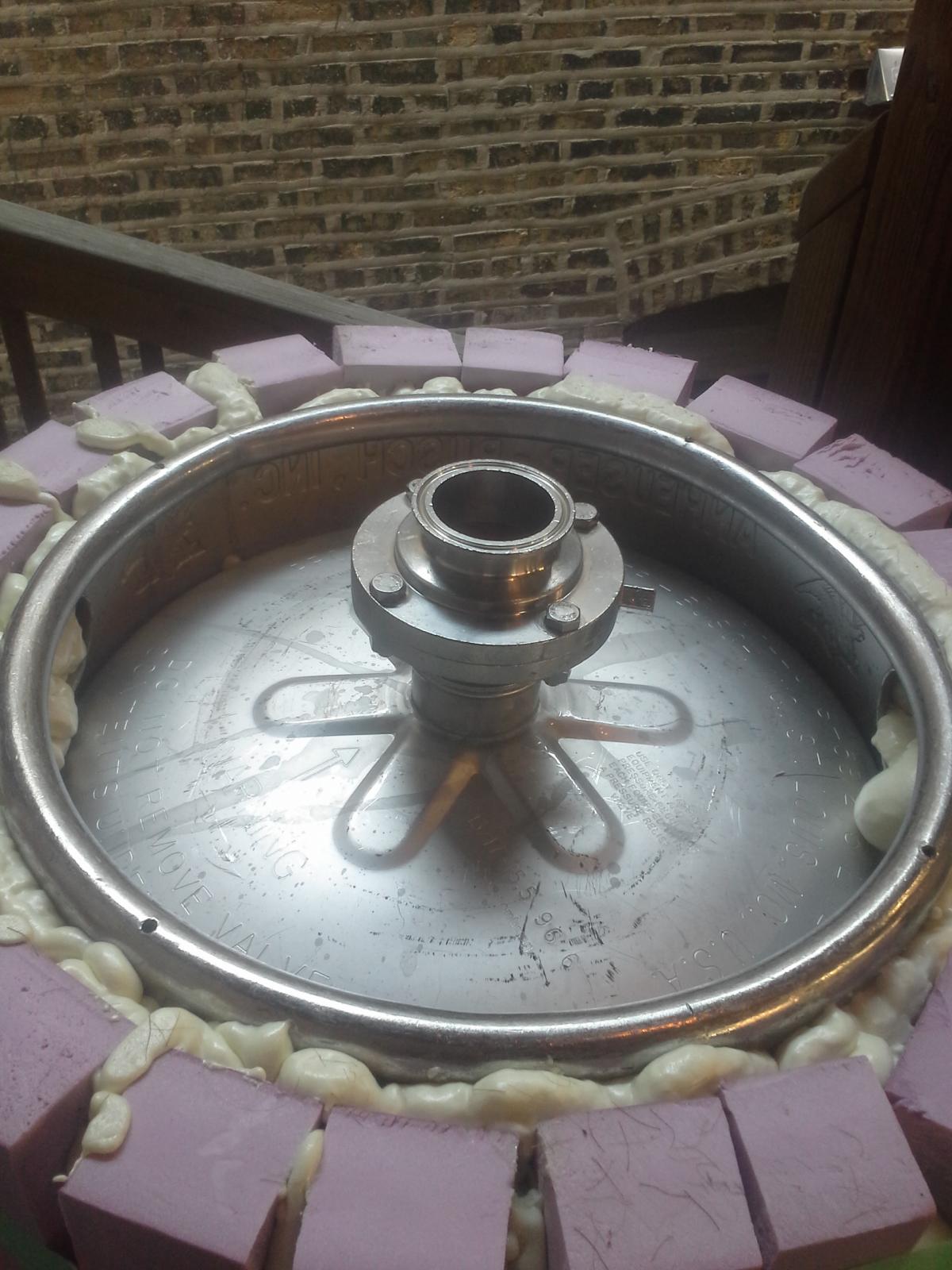
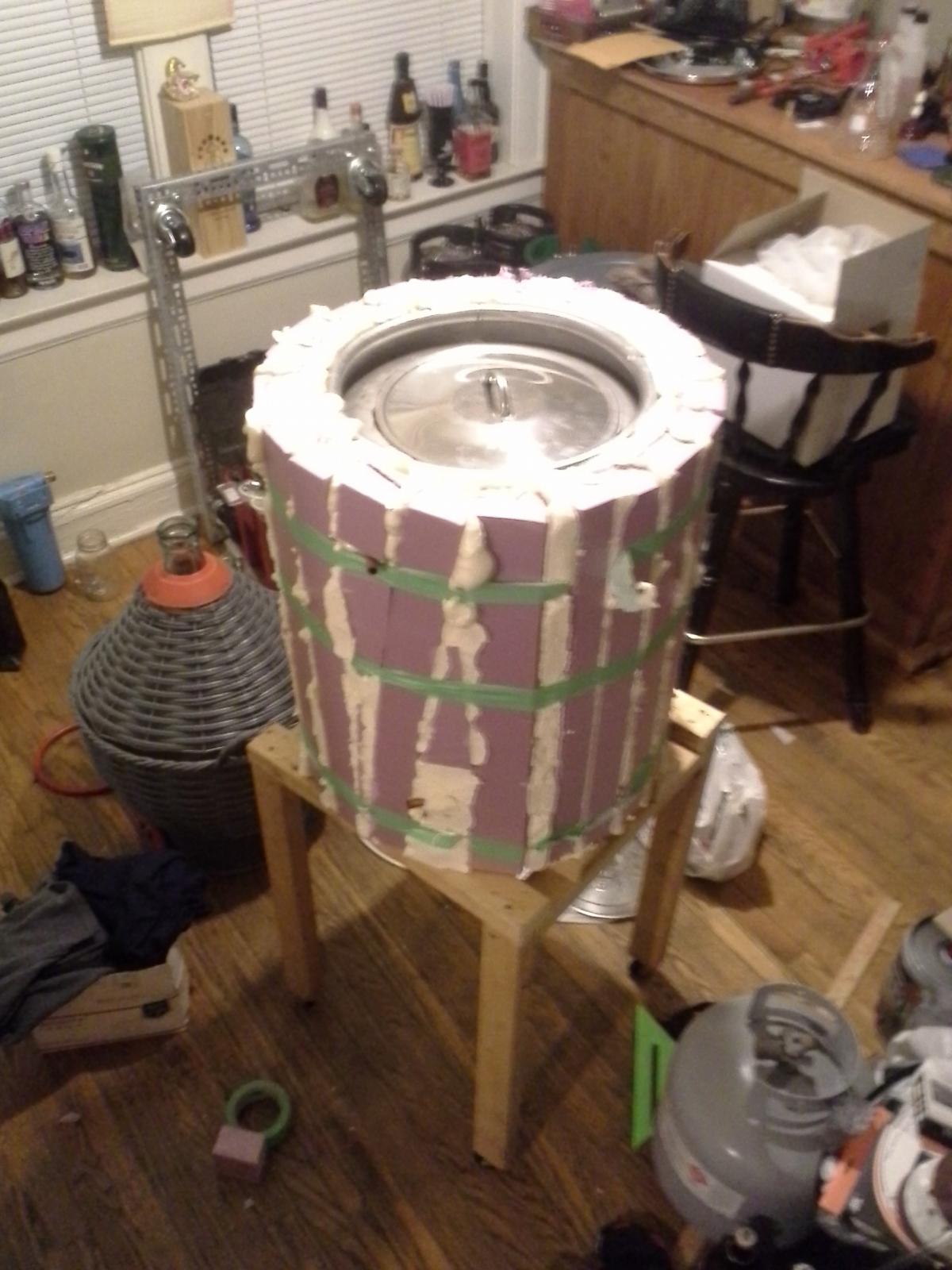
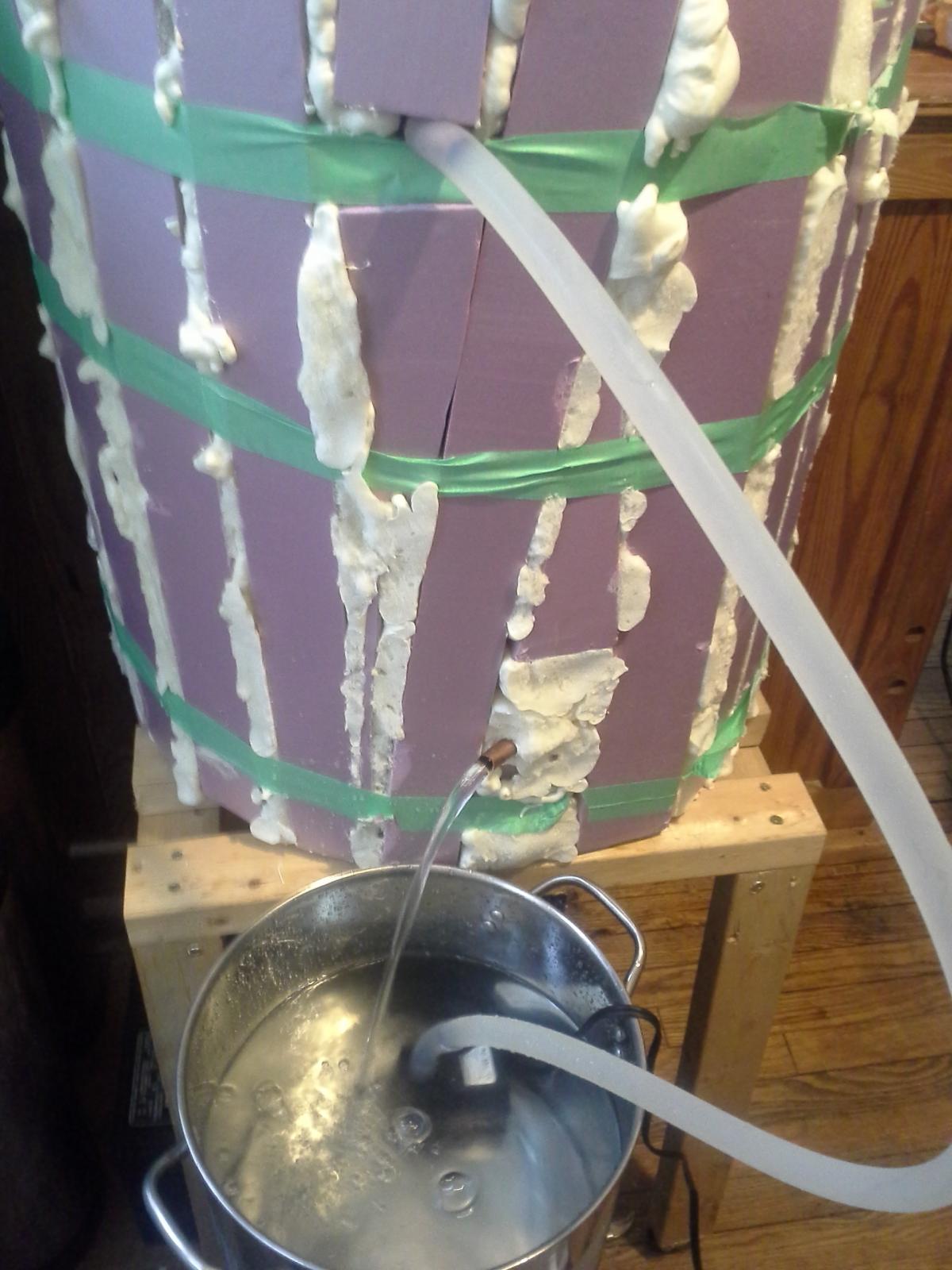
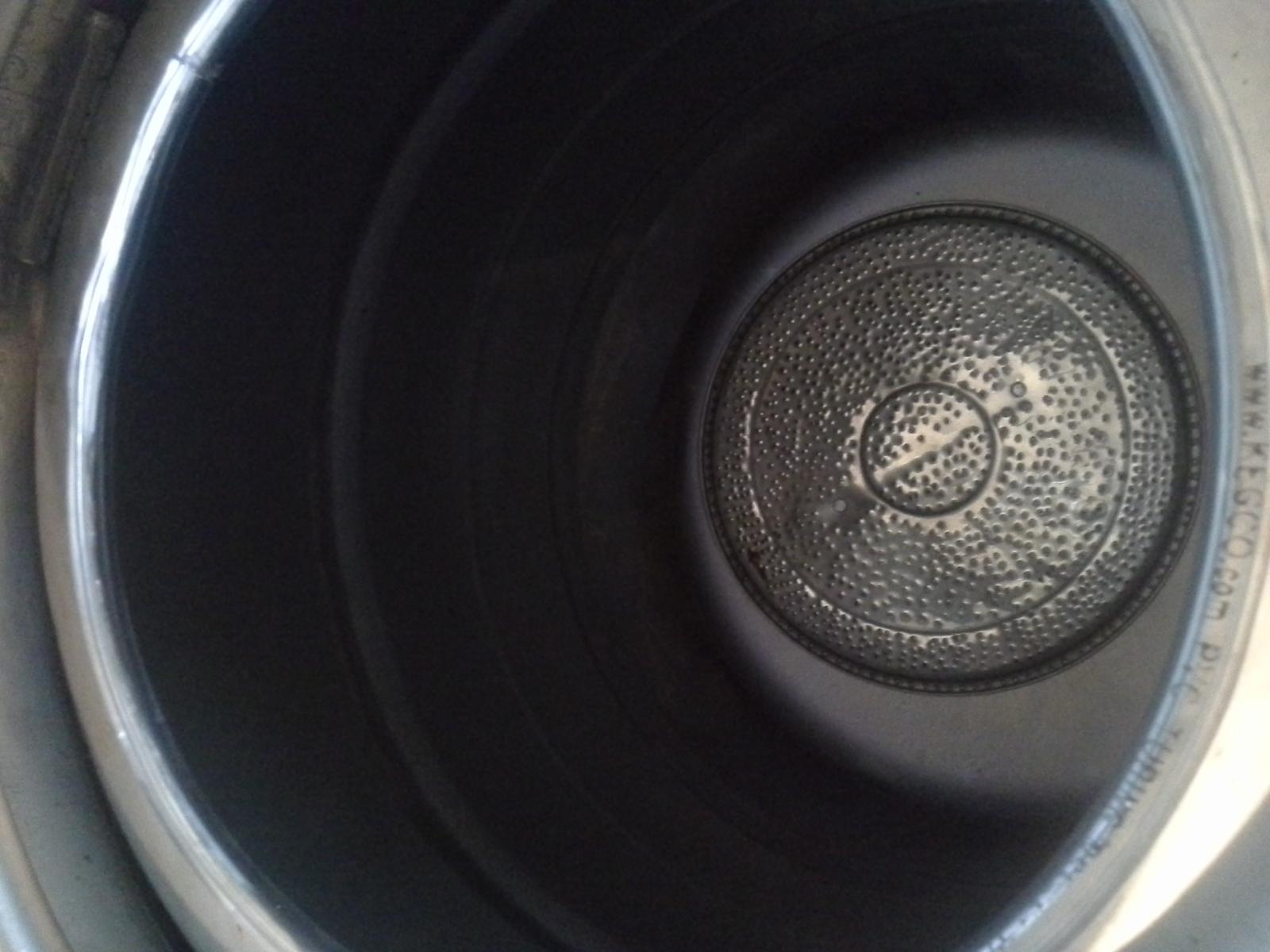
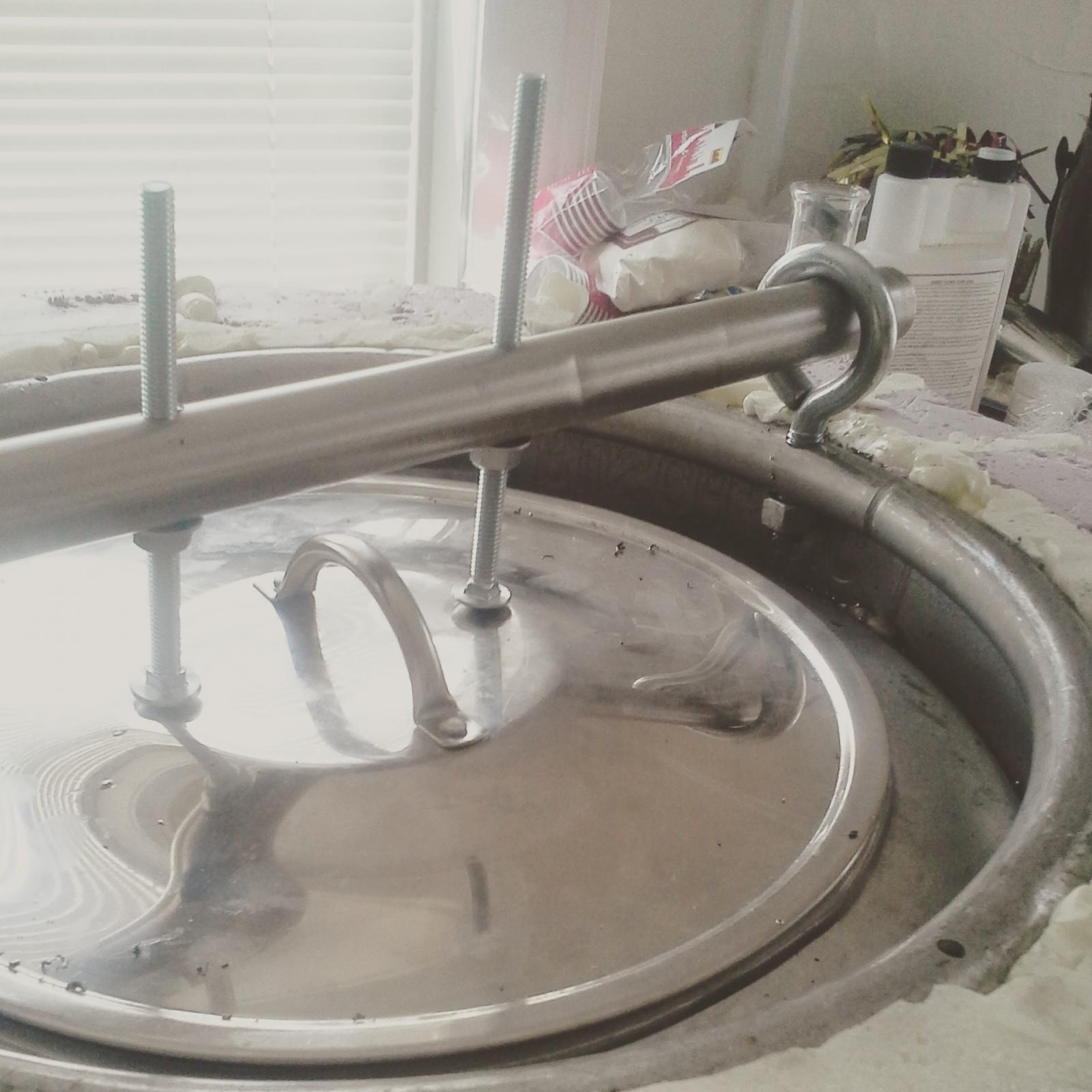























































![Craft A Brew - Safale S-04 Dry Yeast - Fermentis - English Ale Dry Yeast - For English and American Ales and Hard Apple Ciders - Ingredients for Home Brewing - Beer Making Supplies - [1 Pack]](https://m.media-amazon.com/images/I/41fVGNh6JfL._SL500_.jpg)


